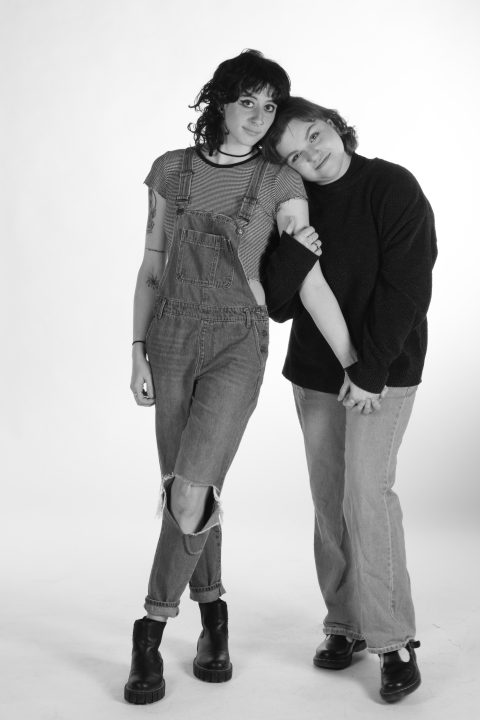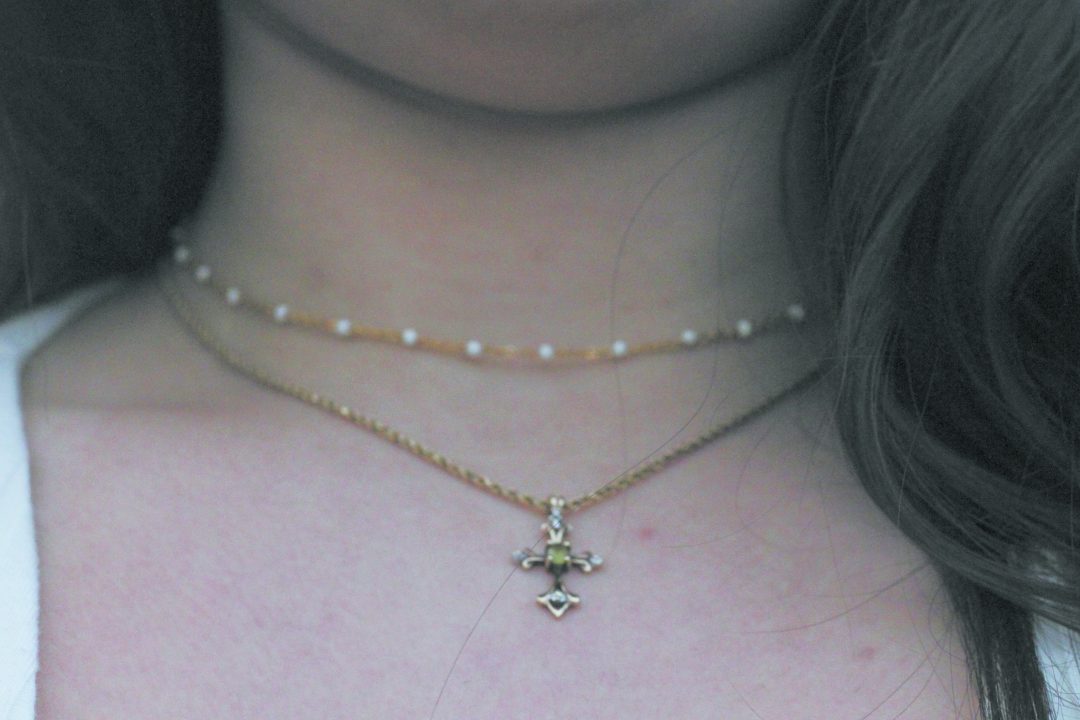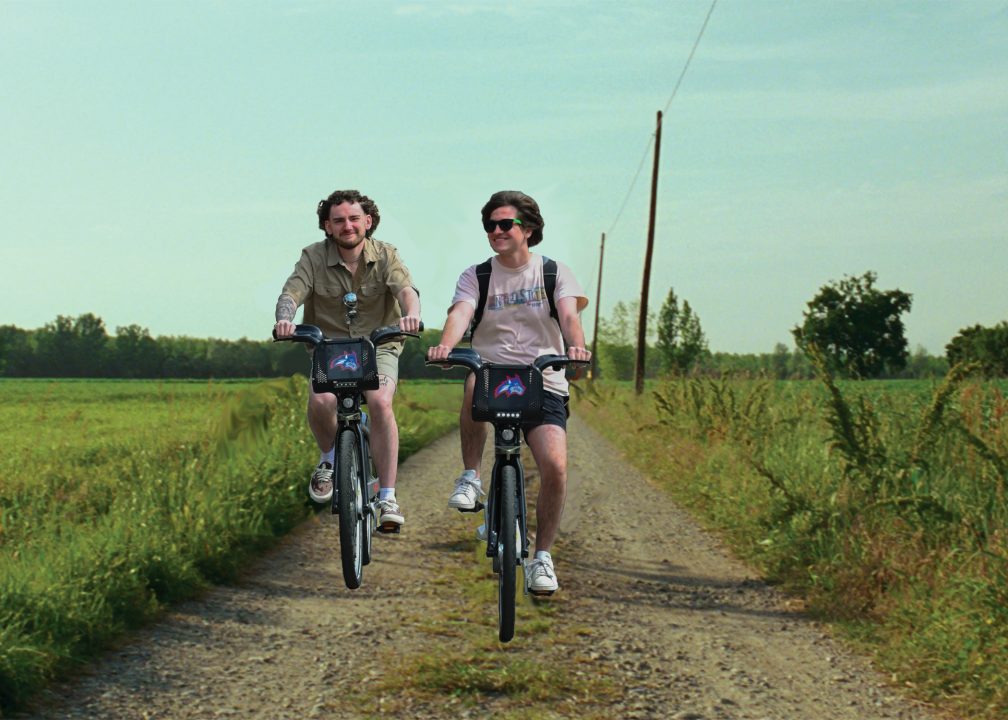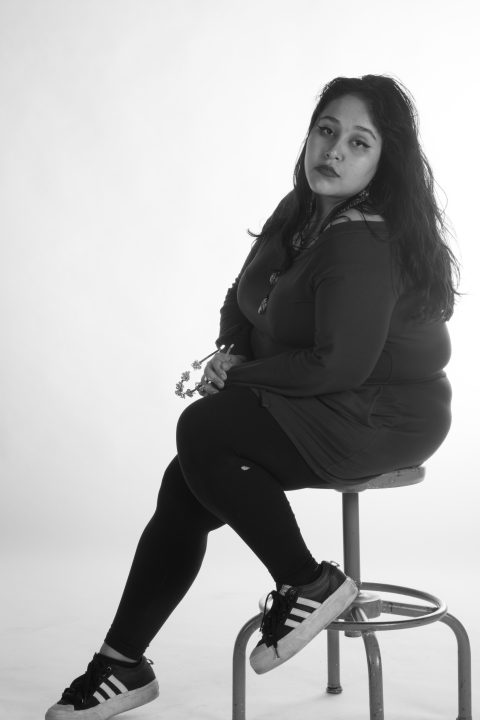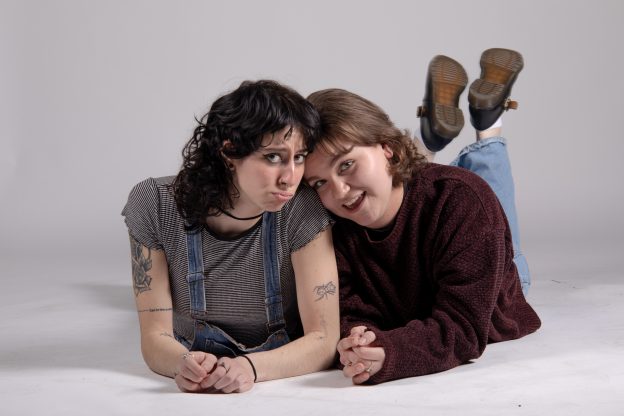
I wasn’t shown a condom in school until my senior year at a mandatory meeting for students attending prom. Yes, I knew what a condom was — but only from the internet. I got the whole “birds and the bees” conversation from my parents. But I didn’t receive much of a sex education from my own school, and I’m not the only one.
Sex education in public schools isn’t nationally mandated — only 39 states currently mandate sex and/or HIV education. Even in states with mandated sex education, the age at which and extent to which it is taught is usually left up to individual school districts. And, even in the districts that do teach sex education, they often leave out an already-marginalized population: queer youth.
Hundreds upon hundreds of studies have proven that sex education can reduce teen pregnancy, decrease the spread of STDs and repel common myths and misinformation about sex and sex-related topics. With a 15.4% teen pregnancy rate, sex education is clearly needed in this country.
According to the Gay, Lesbian & Straight Education Network’s (GLSEN) National School Climate Survey, only 8.2% of students who had some type of sex education in school reported that it was LGBTQ+ inclusive. The furthest my school went was discussing the prominence of HIV diagnoses in gay men. And, let’s be honest — that’s probably the most that many people know about queer sex.
A study conducted by the Human Rights Campaign yielded important results to show the lack of useful sexual health information for queer students. The study looked at online searches in the categories of ‘Sexuality or Sexual Attraction,’ ‘Health or Medical Information’ and ‘HIV/AIDS and STIs.’ The percentage of queer youth searching in these categories was at least double that of non-queer youth.
Unfortunately, this confirms that it is more likely for queer youth to receive health information that is both inaccurate and non-age appropriate compared to non-LGBTQ+ youth. With a lack of resources available for them in the classroom, this population feels as if they are left with no choice but to scour the internet for answers.
Queer students are suffering. Books with any mention of the LGBTQ+ community are being banned in states throughout the United States. Access to healthcare for transgender youth is under attack, with 22 states introducing bills to ban healthcare for trans youth in 2021 alone.
A new survey conducted by the Centers for Disease Control and Prevention (CDC) revealed that LGBTQ+ identifying students are among those experiencing the highest levels of violence and distress. Queer kids are bombarded with a narrative that something is “wrong” with them; that they don’t belong; that they lack basic humanity.
There are adults in the educational environment who are working to make the classroom a safe space for queer students, but we’re leaving out an integral part of their identities if we aren’t fighting for inclusive sex education to be a part of it. If they cannot see themselves in conversations about sexual health and identity, how are they supposed to feel supported?
The CDC’s webpage for Sexual Health Education states that one of the characteristics of quality sexual health education programs is to “address the health needs of all students, including the needs of lesbian, gay, transgender, and questioning youth.” On the CDC’s Health Education Curriculum Analysis Tool, all general curricula outlines include a checklist, with one question specifically asking if the needs of all marginalized populations have been addressed, including children of color and LGBTQ+ youth.
The guidelines and resources are there to be used, and can be easily adapted. And, those resources make a crucial point — quality sex education is inclusive sex education. We aren’t providing the best research and highest quality education to our students if we refuse to venture past heterosexual sex education.
Sex education needs to function as a space for students to both explore and understand sexuality and gender identity. This should be the space to expose students to positive portrayals of LGBTQ+ relationships and dispel harmful stereotypes that help manifest stereotypes and homophobia.
Queer students deserve to have a safe space to learn about themselves and to feel seen. We cannot choose to fight for inclusion in some aspects of education and not fight for inclusivity in others. A well-rounded education is a quality education, and an inclusive queer sex education experience for all students can help us fight misinformation, strengthen confidence and keep our students safe and well-informed.













